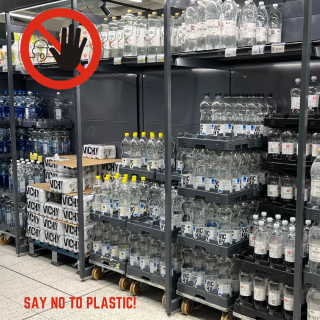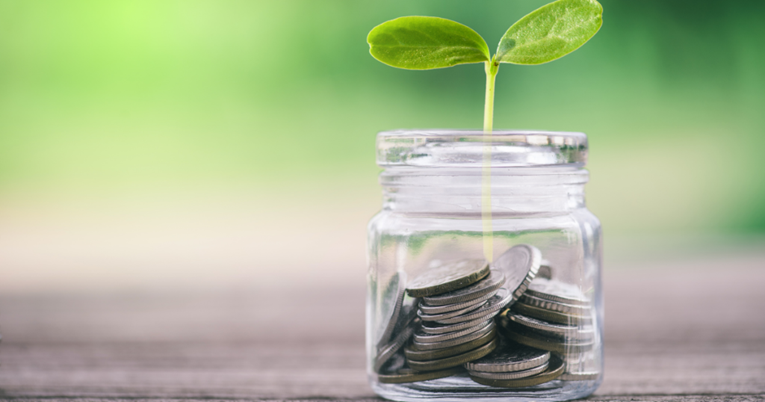Even though our tiny decisions add up over time and have substantial effects on our health and way of life, we frequently overlook their significance in the hurry of daily life. Consuming bottled soft drinks and water as well as unfiltered drinking water is one such decision. Oceans, lakes, and rivers are full of tiny, sneaky microplastics, which are dangerous to our entire water supply. In this blog post, we explore the expanding microplastics issue and get an understanding of how to live more environmentally and health-conscious lives.
The threat posed by microplastics
Plastic particles that are less than 5 mm are categorized as microplastics. It has been found all over the earth. Scientists have found it in rainwater, snow, soil, as well as drinking water. Simply stated, untreated waste is a major source of microplastics. Natural plastics that aren’t recycled, that are thrown away, slowly but surely decompose into tiny pieces and fibers that end up in the soil and water as a result of weather conditions. Nevertheless, many of them enter the environment not only from household waste but also from activities that are thought to be safe. This includes when washing clothing made of synthetic fibers, many microscopic plastic fibers enter the water and some of them pass through the finer filters used to treat wastewater.
Microplastics in Drinking Water?
Yes. Both tap water and bottled soft drinks and water contain microplastics. According to Sherri Mason, a researcher, a study discovered that an average of 325 plastic particles were identified in a liter of bottled water as compared with 5.5 plastic particles per liter of tap water. On top of that, aquatic life also consumes microplastics, which bioaccumulate and go through the whole food chain including us.
Risk of Consuming Microplastics
Consuming microplastics raises serious issues because it is harmful to our health and environment. Despite the entire scope of these tiny plastic particles, health effects are still being researched, they have been linked to several kinds of health problems, such as inflammation, oxidative stress, and endocrine system disruptions. Microplastics can have carcinogenic properties, which essentially means that they might be capable of cancer-causing. These plastic particles may also start to build up in our bodies over the years.
How to Reduce Microplastics in Your Life?
Applying a water filter is one of the most effective ways to get rid of microplastics from tap water. On the market, there are several different kinds of water filters, including ceramic, reverse osmosis, and activated carbon filters. You can use fewer single-use plastics and invest in less packaged goods. Use reusable coffee mugs and water bottles which doesn’t contain plastics. When dining out, refuse plastic straws and lids.

We have to concentrate on the global issue of microplastics. We can take preventative steps to reduce our consumption of microplastics and contribute to the fight against this danger by implementing some small changes into our daily routines. We must keep in mind that every single decision we make could have an impact on our health and environment. We have to consider these small changes now and inspire others to do the same to create a cleaner and healthier planet for the generations to come.




